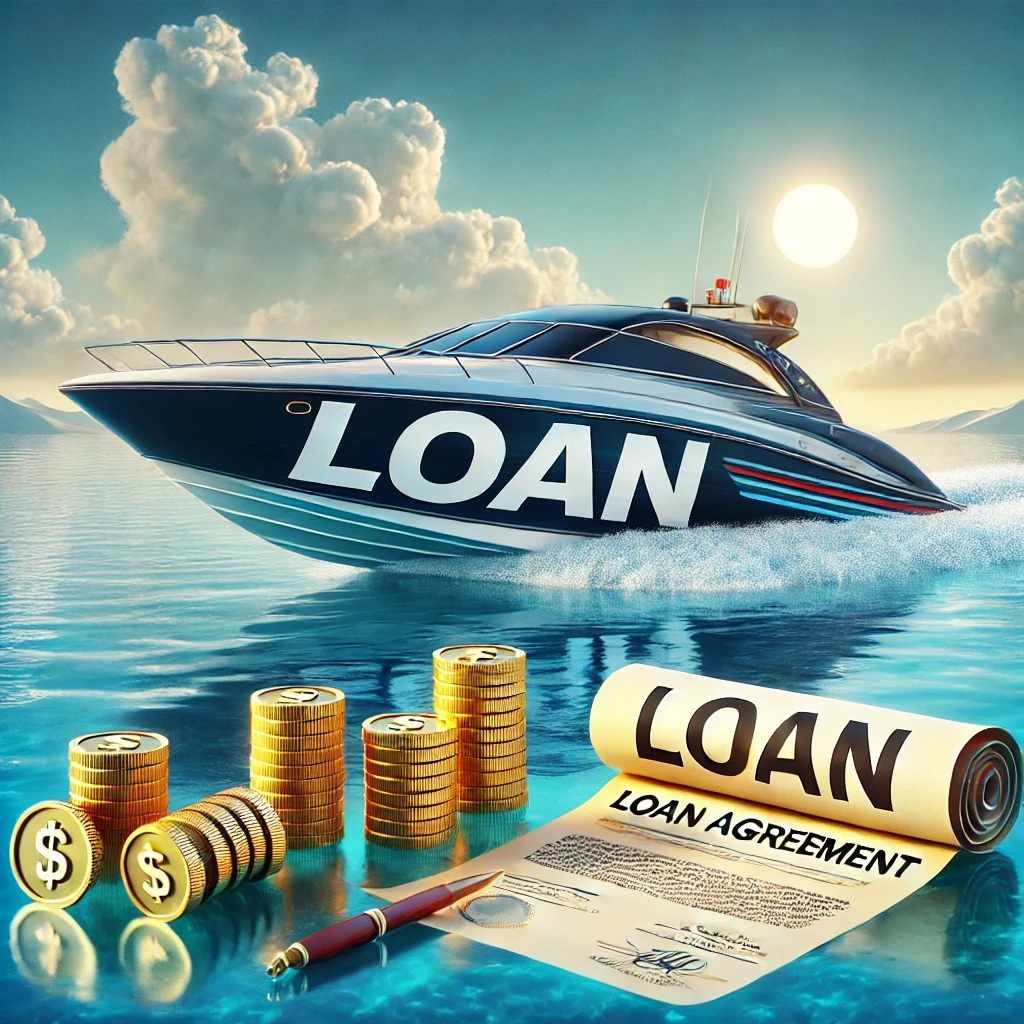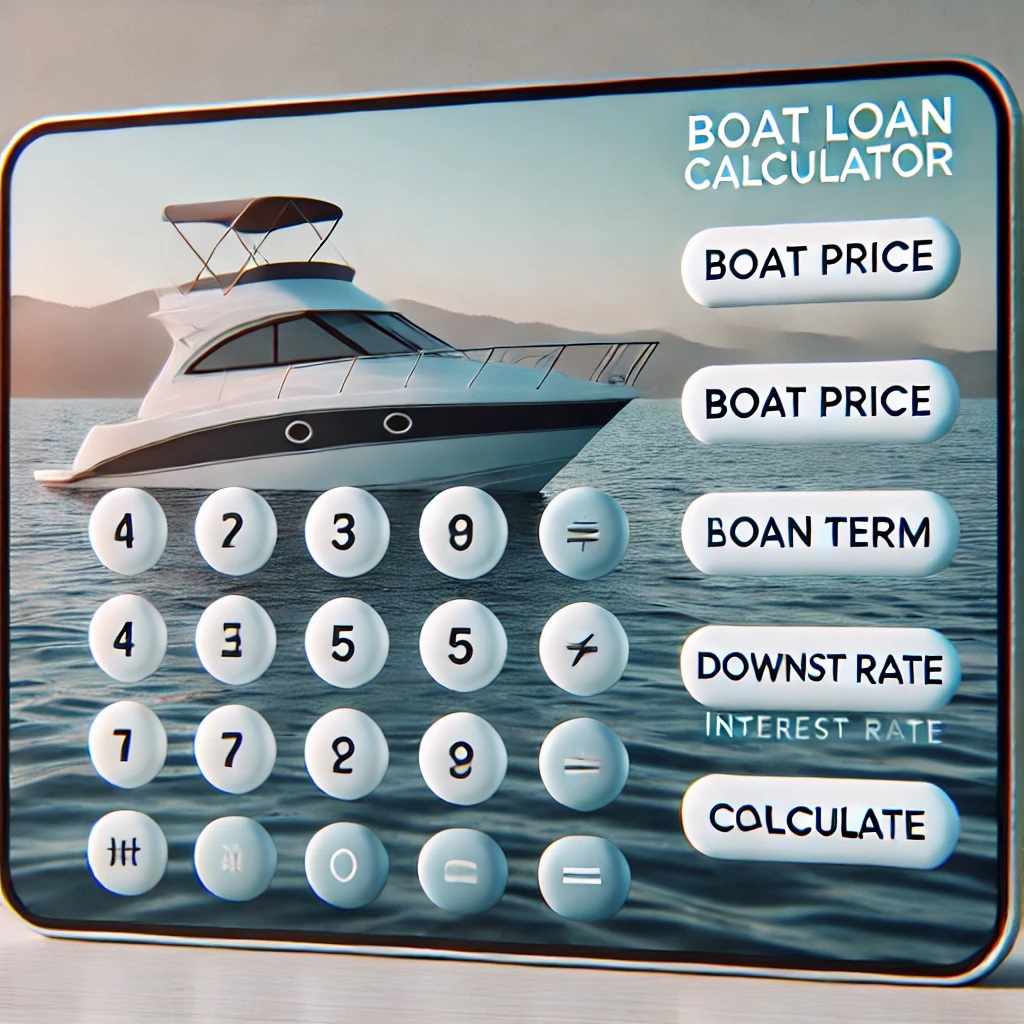
Introduction
Boat ownership has grown in popularity across North America, driven by the desire for outdoor recreation and water-based activities. Whether you are in Canada or the USA, securing a boat loan rates involves navigating through interest rates, loan terms, and financial regulations that differ between these two countries. Knowing these differences can help you make an informed decision and save money over the loan’s duration.
Factors Influencing Boat Loan Rates
1. Interest Rate Trends
Canada: Interest rates in Canada are primarily influenced by the Bank of Canada’s monetary policy, which dictates borrowing costs nationwide. Canadian lenders often provide fixed and variable interest rate options for boat loans.
USA: In the USA, boat loan rates are similarly tied to the Federal Reserve's policies, with economic conditions playing a key role in rate fluctuations.
2. Loan Terms and Amounts
Canada: Canadian lenders may offer shorter loan terms, typically ranging from 5 to 20 years. The loan amounts often depend on the boat's value, with stricter lending criteria for high-value loans.
USA: In contrast, U.S. lenders are more likely to provide flexible terms, often extending up to 25 years for high-value vessels, making monthly payments more affordable for larger loans.
3. Credit Score Requirements
Canada: Canadian borrowers often need a high credit score (700+) to qualify for competitive rates. Lower credit scores may result in higher interest rates or stricter terms.
USA: U.S. lenders offer a broader range of options for borrowers with varying credit scores, though a higher credit score still secures better terms.
4. Currency and Exchange Rates
The value of the Canadian dollar (CAD) against the U.S. dollar (USD) can impact loan affordability for cross-border buyers. A stronger USD may make U.S. boat purchases more attractive for Canadian buyers but could increase borrowing costs when repaying in CAD.
5. Tax Implications
Canada: Provincial taxes such as GST/HST are levied on boat purchases, which can indirectly affect the overall cost of financing.
USA: State-specific taxes may apply in the U.S., varying widely between regions, potentially influencing where borrowers choose to purchase their boat.
Key Differences Between Canadian and U.S. Boat Loan Rates
AspectCanadaUSAAverage Interest Rates5%–9% for fixed-rate loans4%–8% depending on loan termsLoan TermsTypically 5–20 yearsCan extend up to 25 yearsDown Payments20%–30% requiredOften as low as 10%–15%Loan FlexibilityMore rigidHighly flexibleTaxesGST/HST depending on the provinceState-specific taxes apply
Benefits and Challenges of Boat Loans in Each Country
Canada
Benefits:
Stable interest rates due to centralized monetary policy.
Strong consumer protection laws.
Challenges:
Higher credit score requirements.
Higher down payment thresholds.
USA
Benefits:
Greater flexibility in terms and rates.
Easier access for borrowers with diverse credit scores.
Challenges:
Wide variation in state taxes and regulations.
Potential for fluctuating rates depending on federal monetary policies.
Tips for Securing the Best Boat Loan Rates
1. Shop Around
Compare offers from multiple lenders in both countries if you're considering cross-border purchases.
2. Improve Your Credit Score
A strong credit history ensures better interest rates in both Canada and the USA.
3. Negotiate Terms
Lenders may be willing to negotiate the down payment or interest rate, especially for high-value loans.
4. Understand Tax Implications
Research the specific taxes applicable in your province or state to accurately calculate the total loan cost.
5. Consider Currency Exchange Rates
If buying across the border, account for potential fluctuations in exchange rates and their impact on affordability.
Conclusion
Boat loan rates in Canada and the USA differ significantly due to variations in economic policies, lender practices, and tax systems. Understanding these differences can help you secure the best possible loan for your needs, whether you're financing in Canadian dollars or U.S. dollars. By being informed and strategic, you can make the dream of boat ownership a reality while minimizing financial burdens.
FAQs
1. Are boat loans easier to get in the USA than in Canada?
Yes, U.S. lenders generally offer more flexible terms and cater to a wider range of credit scores compared to Canadian lenders.
2. What is the typical interest rate for a boat loan in Canada?
Interest rates in Canada typically range between 5% and 9%, depending on the lender, credit score, and loan terms.
3. How much down payment is required for a boat loan in the USA?
U.S. lenders often require a down payment of 10% to 15%, lower than the 20%–30% common in Canada.
4. Can I finance a boat in the USA if I live in Canada?
Yes, many cross-border financing options exist, but currency exchange rates and tax implications must be considered.
5. Which is better: fixed or variable interest rates for boat loans?
Fixed rates offer stability and predictable payments, while variable rates may provide lower initial costs but carry the risk of rate increases.







![🚤 Boat License Alberta: Cost, Fees, and Processing Time [2025 Guide]](https://sk0.blr1.cdn.digitaloceanspaces.com/sites/442687/posts/995564/boatloancalculator7.jpg)







Write a comment ...